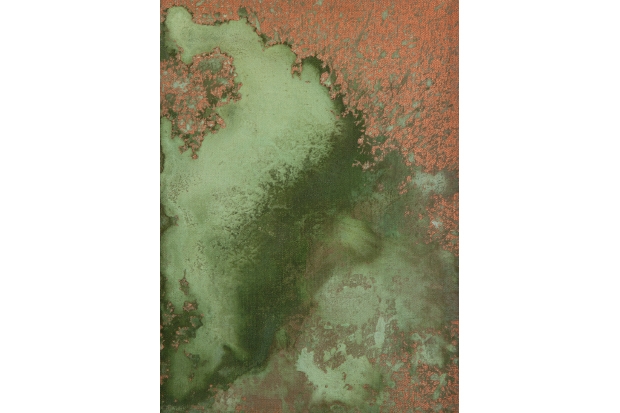When asked the question ‘What is art?’, Andy Warhol gave a characteristically flip answer (‘Isn’t that a guy’s name?’). On another occasion, however, he produced a more thoughtful response: ‘Does it really come out of you or is it a product? It’s complicated.’ Indeed, it’s those complications that make Warhol’s works compelling, as is demonstrated by a new exhibition at the Ashmolean Museum, Oxford.
One is that it is hard to tell how much he was really in control. When you look at one of his pictures, are you really looking at the work of his assistants or, indeed, of chance? And the way he forces you to think about that makes you ponder other kinds of art as well. Warhol manages — a characteristic trick — to be simultaneously superficial and profound.
This is not a full retrospective, or even close to one. It all comes from a single private source, the Hall Collection, which means that many celebrated categories of Warhol’s work are omitted entirely. There are no Marilyns, no Elvis Presleys, no electric chairs. But the omission of so much instantly recognisable stuff makes it easier to see what was so original and — in a way — so traditional about what he did.
He shows us the faces of the famous, and that is a reminder of how much art consists of famous faces — kings, saints, gods. Then he repeats them, so you see a whole stack of Chairman Mao, for example, some of which are slightly different from the others. And you respond somehow to those little differences — do they mean anything?
In silk-screening Warhol found a method of making pictures by copying photographs that also generated random variations.








Comments
Join the debate for just £1 a month
Be part of the conversation with other Spectator readers by getting your first three months for £3.
UNLOCK ACCESS Just £1 a monthAlready a subscriber? Log in